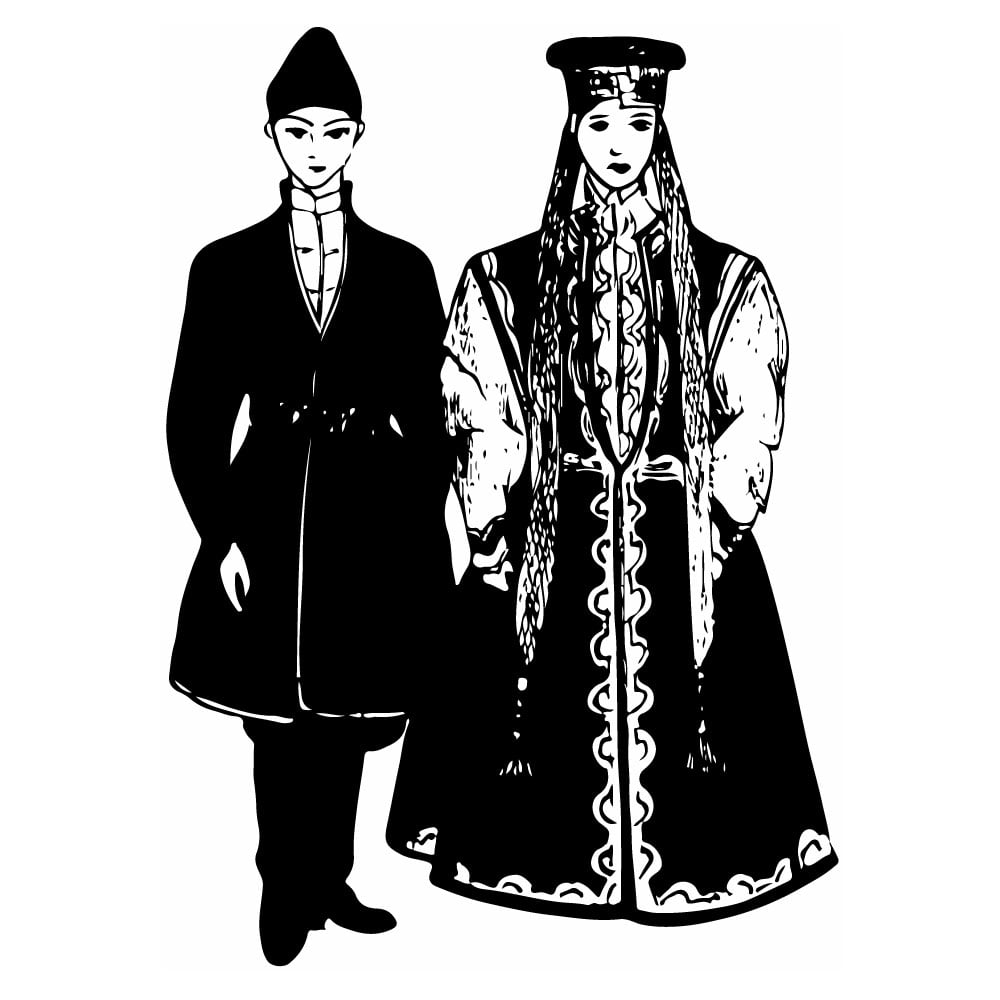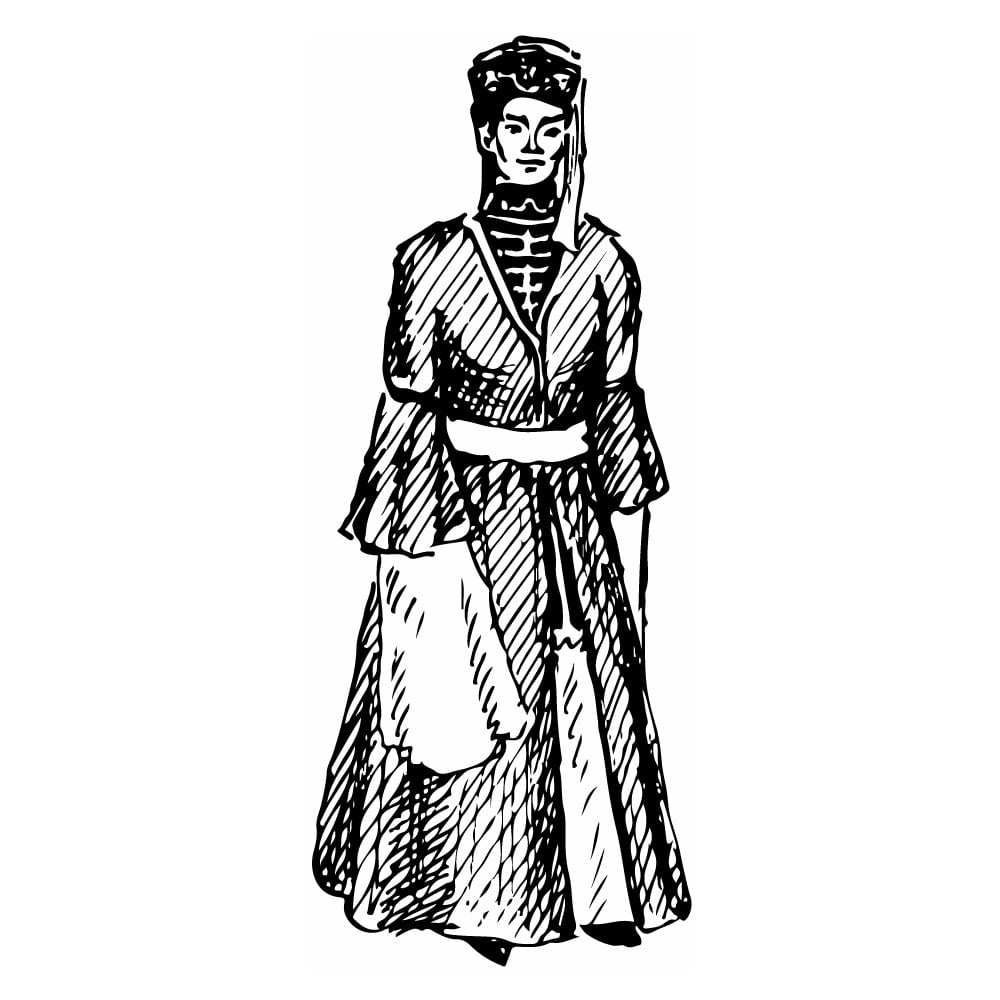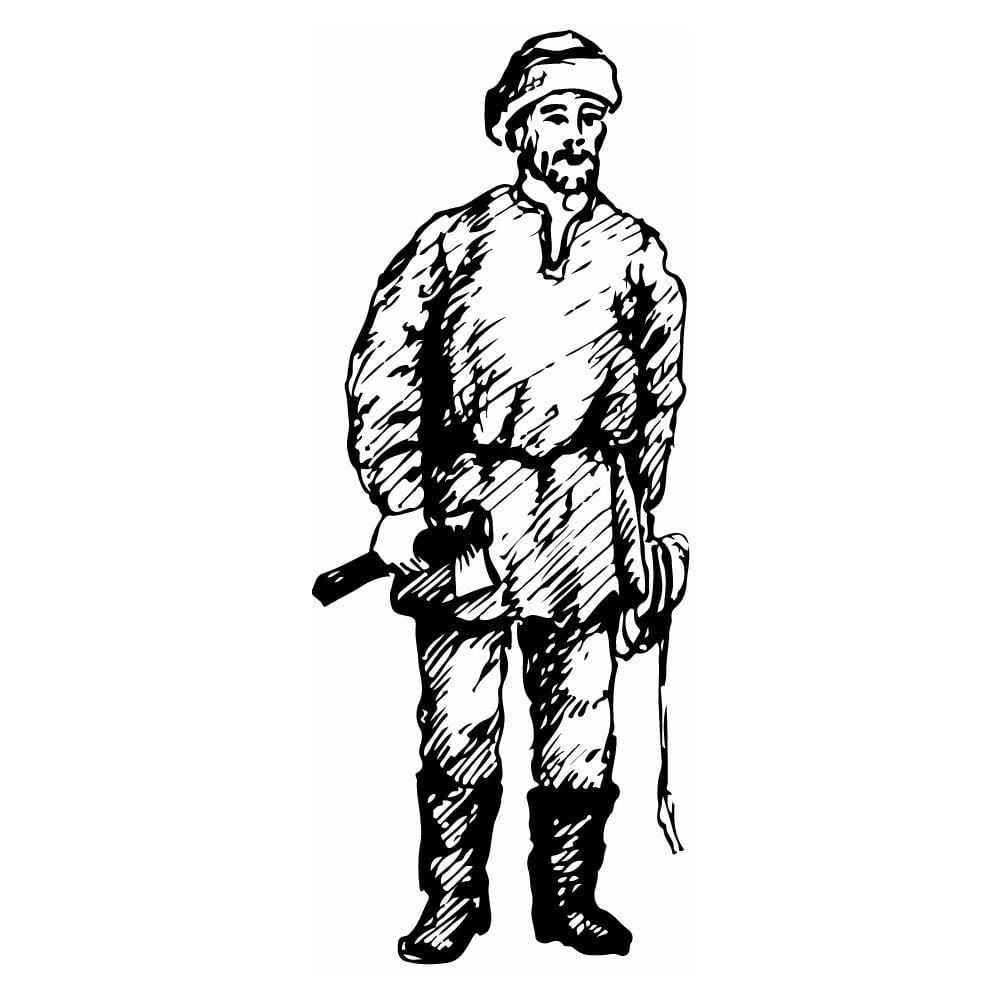Tofalars
| Population | 800 |
| Language group | Turkic languages |
| Language | Tofa |
| Region | Irkutsk region (South and Central Siberia) |
| Religion | Animism |
*Population estimates for 1994
The Tofalars, or Tubalar as they call themselves, are known in scientific literature under the name of “Karagas.”
Before they became settled, the Tofalars were nomads. They roamed through the taiga territories of East Sayan’s northern slopes, upper Uda, Biriusa, Kan, Gutar, and many other tributaries of the Ob River. This nomadic Tofalar group of people moved as whole families and stayed at one place no longer than two or three weeks at a time. The transition from the nomadic to settled life is connected with the reconstruction and widening of the economy in the setting up of fishing, cattle breeding, and agriculture. This transition was almost a revolution in the life of the Tofalars. It accounts for the eradication of the primitive household. At present times, the Tofalars live in modern Russian cottages with the adjacent smaller household buildings.
By their descent, language, and material culture, the Tofalars are relative to the Todzhyn. Since the middle of the seventeenth century, the Tofalars have been experiencing the influence of the Russian culture. In 1648, the Tofalars started tight contacts with Russian population from whom they borrowed labor tools, clothing styles, and other items of the Russian culture. The Russians supplied them with bread, guns, gunpowder, and lead.
Tofalar’s economy was based upon hunting and deer breeding while fishery was less developed. Cherry, rhubarb, and wild onion picking were of considerable importance to the people for food. In the fall, the Tofalars would pick cedar nuts. Household industry consisted of wood, birch bark, leather and horn processing. The Tofalars also did some primitive blacksmith work. They hand manufactured all of the necessary household utensils, such as cups, spoons, wooden dippers, and skin bags. The copper tea kettle and cast iron pan were basically the only factory made items. Presently, the life of the Tofalar has changed greatly. Cattle breeding and vegetable growing are being successfully developed.
Winter clothes were sown with deer skin with fur on the outside; summer clothing was made from rovduga. By the end of the nineteenth century, the Tofalars started using cloth and fabric for clothes instead of the deer hide. The women’s hand-made clothing consisted of trousers and a dress. During the winter, they used furcoats as an overall dress. Earrings, tin bracelets, and rings were used for their decoration. In the summer, clothing for the men consisted of a caftan or tunic, while a furcoat was necessary in the winter. The clothes for both men and women were girded with a girdle with attached smoking accessories (tobacco-pouch and steel) and a scabbard knife as well. The majority of the Tofalars put the furcoats on their naked bodies.
The Tofalar people were Shamanists. The main ceremonies consisted of praying to the “Mountain and Forest Master” for prey during hunting seasons and the good issue of domestic animals. In order to preserve and increase their deer herds, they would perform sacrifice of a ribbon-decorated deer to the Mountain Master.
This is Ad 1




























